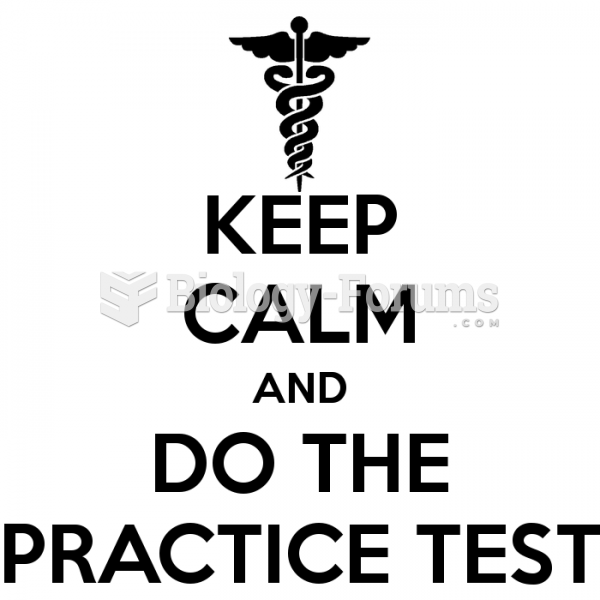Answer to Question 1
For centuries people have organized to change social and political conditions. In the 1700s, for example, Americans organized to revolt against the British and fought what has come to be called the Revolutionary War. Community practice in social work began in the 1800s with the charity organization movement and the settlement house movement. In the 19th century, private philanthropy bore the major responsibility for the relief of poverty in the United States. During the early 1800s, various private health and welfare agencies were established to provide funds and services (generally combined with religious conversion efforts) to those in need. To avoid duplication of services to the same families, charity organization societies (COSs) were formed to coordinate efforts and to plan for meeting unmet needs. Reformers associated with the settlement house movement based many of their programs on social action to promote legislation for providing needed services to neighborhoods. These reformers also encouraged neighborhood residents to work together to improve living conditions. Community welfare councils were first organized in 1908. Continuing the efforts begun by the charity organization movement, these councils served as coordinating organizations for voluntary agencies. The functions of these councils have continued to the present time and include planning, coordinating, avoiding duplication of services, setting standards for services, and improving efficiency and accountability. Community Chests (now called United Way) were formed around 1920 to serve as centralized campaigns for raising funds for voluntary agencies. In many communities, United Way has been combined with community welfare councils for fund-raising and for the allocation of funds to voluntary agencies. All social welfare agencies and organizations become involved at times in community practice efforts.
Answer to Question 2
Most social work students do not consider a career in community practice; they feel that they would rather work directly with people. Many believe that community practice involves skills and techniques that are too complex and too abstract to learn. In addition, they perceive community practice as having too few rewards and as involving a lot of boring, unenjoyable work. All of these beliefs are erroneous. The realities are that (a) the most basic skill needed in community practice is the ability to work effectively with people; (b) community practice primarily involves working with individuals and with groups; (c) every practicing social worker occasionally becomes involved in community practice projects; (d) seeing a community project developed, approved, and implemented is immensely gratifying; and (e) community practice efforts are often fun. Workers in direct practice with individuals or groups are likely to become involved in community development activities when gaps in services or unmet needs are identified for clients they are working with.







